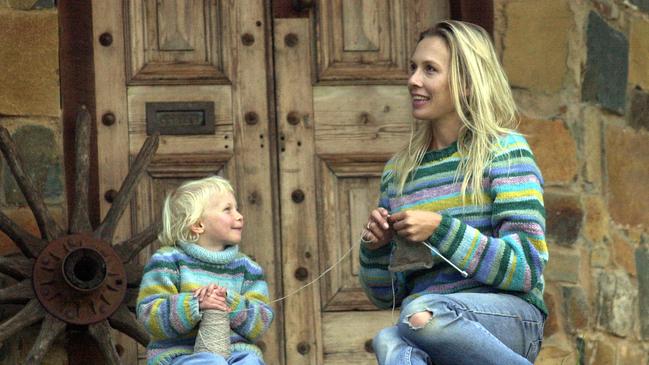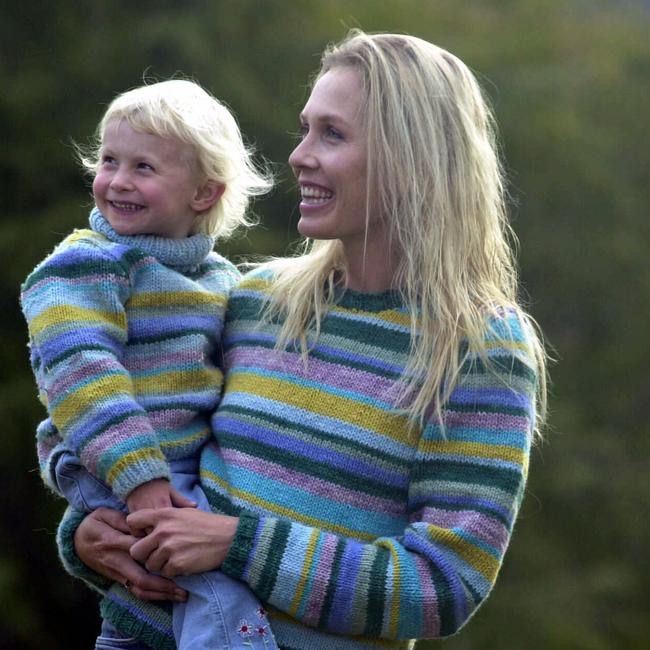Amanda Ducker: Who Tassie should target to fight ageing challenge
AMANDA DUCKER asks whether Tasmania is barking up the wrong tree in its quest to lure millennials.

Opinion
Don't miss out on the headlines from Opinion. Followed categories will be added to My News.
Our island needs every young person it can hold onto or attract — including its homecoming daughters and sons — and there’s a group of prime young folk we are failing to target.
Not only would this cohort seamlessly transition to life here once they adjusted to a tighter sea girt, they’d be keepers, too, not to mention unflappable and accustomed to making their own fun.
My key takeaway from a Regions Rising webinar hosted this week by the Regional Australia Institute is that young Australians already living regionally are the likeliest to realistically consider moving here.
By and large, they’d be terrific assets, too, bringing that friendly, unpretentious can-do way that some Tasmanians like to romanticise, erroneously, as distinctive to the state, when it’s bog-standard in much of regional Australia and beyond.
Typically, a move-to-Tassie pitch talks up the state as a great escape from big-city life, but that’s a line we can largely park with tourism promotion, where it has its greatest pulling power. Cue hikers, moody mountain and long-table feast.
To get the influx of young people we need if we are to arrest the ageing demographic challenge that looms, we need to get serious about tickling the fancy of millennials (aged 20-35 years) who are already living regionally.
Figures from the RAI’s Big Movers report released on Tuesday show they are more amenable to moving to another region than city folk are to leave their urban homes for the regions in the first place.
“They know what they are getting into,” RAI co-chief economist Kim Houghton said on the webinar, explaining the propensity of regional millennials to move to other regions rather than big cities.
The national study analysing the flow of people around regional Australia was based on 2011 and 2016 Census data. Though slightly dated, it tells a compelling story that still has currency.
During the five period, 178,961 regional millennials moved to capital cities, but a greater number — 207,510 — moved between regions. And one in three of them was a coveted “returner”, who was coming back to regional Australia after time in a mainland capital.
The patterns persisted more broadly, showing a myth-busting net inflow of +65,204 people to regional Australia.
”It’s a myth that populations are declining across all regional Australia,” Dr Houghton said.
His co-chief executive Liz Ritchie predicted a surge of fresh interest in regional living.
“If location is no longer a barrier for employment, this represents all sorts of advantages and opportunities for regional Australia,” Ms Ritchie said.
The COVID-19 lockdown experience was fast-tracking the future of working remotely by showing what was possible and how adaptable many work practices were.
I had to agree, having zoomed into the meeting from my garden writing studio in Hobart, a fresh pot of Poet tea brewing beside me.
Then it struck me. Aside from my Generation X-ness, I matched the profile of the very demographic I was hearing described. I’d been an easy target for Tasmania all along. And so, incidentally were Hobart’s Poet tea store and magazine-publishing couple, Zan Boag and Antonia Case, who region-hopped down from Bangalow in northern NSW a few years ago.
Aside from my early childhood and my 20s, both spent in Sydney, I am pretty much your chronic region-hopping returner. I made my first return to northern NSW, where I spent the greater part of my childhood on the land, in 1998 with my first babe in arms.

That’s her with in this picture, taken for The Daily Telegraph in 2001, by which time I’d hopped twice more across the region before landing on the right place for us, a village called Nundle in the North-West, where I went briefly mad thinking I could make a buck with handknitting.
I was perpetually broke, but I wasn’t mad enough to go back to Sydney, though — only, when I next grew restless, to move our family to Tasmania. That was 12 years ago.
This week, that kid — my returning millennial who didn’t love Melbourne — swam in the crystal-clear water of the Disappearing Tarn on the rain-soaked mountain.
You’re mad, I said, feeling crazy-proud to have region-hopped to raise her here in Hobart.



